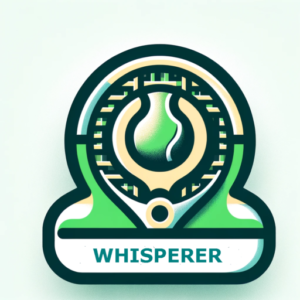Badge Tie Breaker Strategy | ATP
This week’s question comes from our club captain: Denis. “With finals approaching do you have a philosophy for tiebreakers?”
Ah… tie breakers. Regrettably most people hate playing tiebreakers! Why?
For some reason, as the pressure mounts towards the end of the set, many feel they have to overplay. Even though it was their current play that got them to the tie breaker!
Now is NOT the time for those trick shots, topspin lobs or the screaming sideline winner that just misses! CONSERVATISM is the name of the game. So what’s our preferred strategy?
First a little background. At our Badge level whether Grade 1 or Grade 10, most points are LOST. Read that again, yep most players beat themselves. Therefore, your basic strategy is to ‘give’ your opponent a chance to miss. You’ll find that, as the pressure builds after 3 or more shots, your opponent will try to finish the point and probably make an error.
So the basic strategy is strong and steady wins tie breakers. Get your first serve in, get your return of serve in play and hit your shots to ‘big targets’ typically down the centre of the court and midcourt to stay in the point. You’re trying to get your opponents to hit the ball to your partner at the net, who has a much greater chance of winning the point for your team.�
And to improve that ‘first serve in’ percentage, take a little more time to prepare to serve (i.e. don’t rush) since this is the only time you have control of the point. Nothing happens until YOU serve — use the time to calm down with a little slow breathing. And perhaps, a little more spin to help your control if that’s within your capabilities, otherwise just aim for the middle of the service box. You want a 80% success rate.
When you’re receiving, err on the side of a higher net clearance and aim for the centre of the court to get into the point. A lob return can be a great return in a tie breaker. Even so, lob high — give ’em a chance to miss.
Recognize, there is no need to overplay and do more, rather just try to do more of what you’re been doing a little better. Trust yourself, your game, and do your best. Just keep playing. You might surprise yourself. I guarantee you’ll surprise your opposition!
And lastly, the most important point is always the next one. It’s never over until you shake hands.
Go Manly Lawn!
Rob


Trackbacks & Pingbacks
[…] Tiebreakers […]
[…] Tiebreakers […]
Comments are closed.